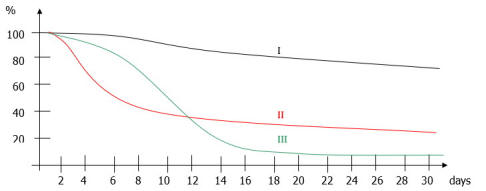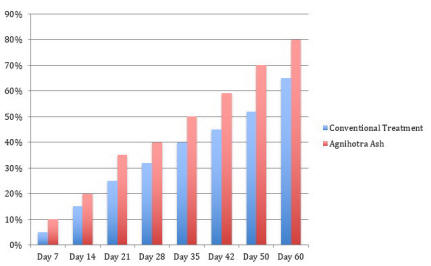|
Fish in aquaria |
|||||
|
|||||
|
Clearly it can be seen that performing Agnihotra leads to a much lesser loss than the other two methods used. Would be interesting to see what happens if additionally Agnihotra Ash would be added to the water. Toxicological studies |
|
Healing of fish with Agnihotra Ash
|
||
|
||
|
Analysis of Agnihotra Ash: Relative concentration (ppm) of trace elements in Agnihotra Ash |
||
|
|
||
|
Would be good if this experiment could be repeated with following changes: a) Also comparing whether Control Ash (which you get by burning the same ingredients as used for Agnihotra but without the disciplines of Agnihotra) has some effect also, and if so, how does it compare to Agnihotra Ash. b) In addition to using Agnihotra Ash also perform Agnihotra next to the aquarium. Then of course the control should be kept ideally at least three kilometres away. Always healing effect is best if both Agnihotra Ash is taken and Agnihotra also performed. There are not many studies regarding other animals than the three farmer’s best friends (cows, bees, and earthworms) and fish. Some results about miscellaneous animals were reported in the article on biodiversity (Homa Health newsletters 139/140 and 141/142). |




